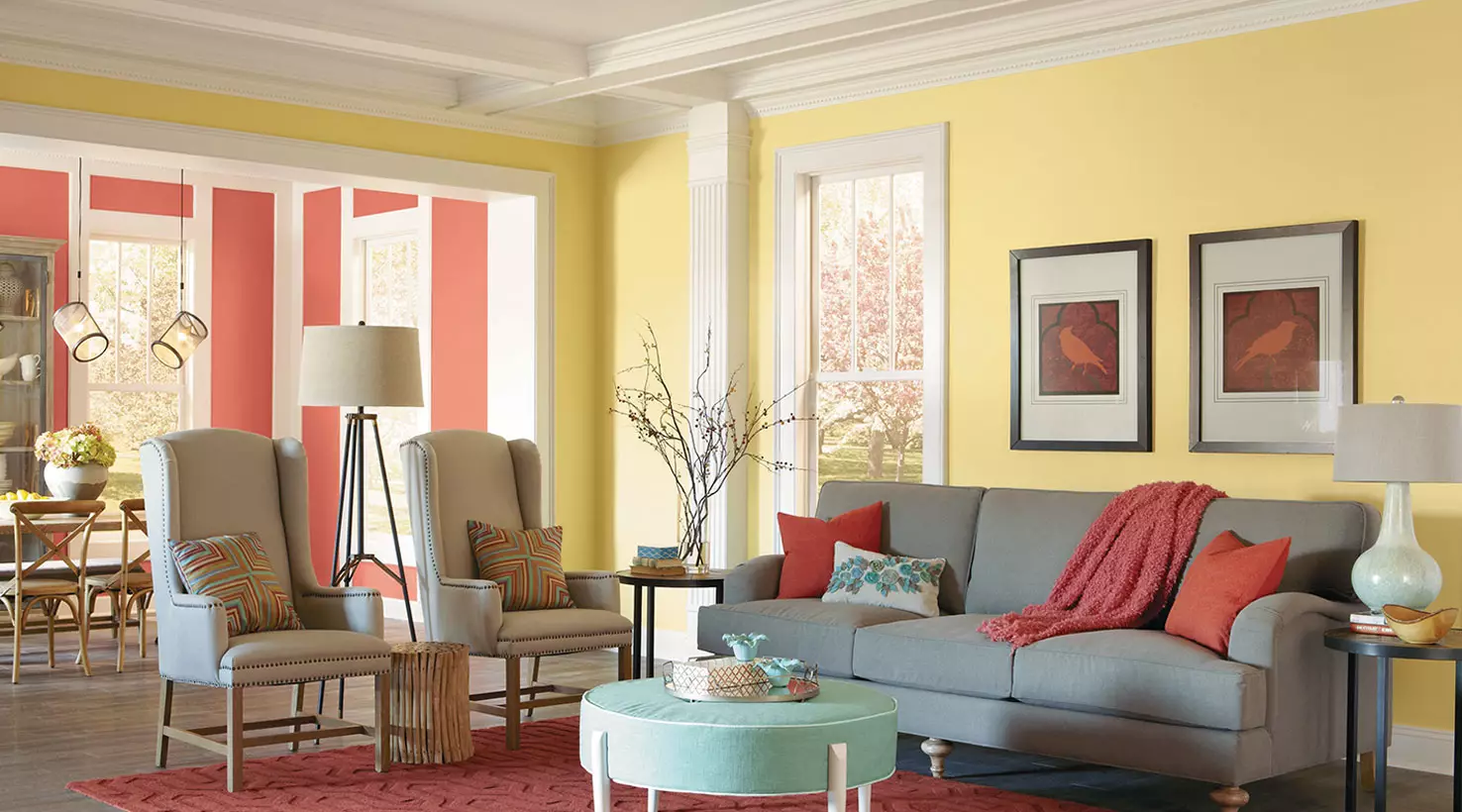
Advanced Color Theory in Interior Design: Elevating Your Living Spaces
Introduction
When it comes to interior design, color is a powerful tool that can transform a space from ordinary to extraordinary. While basic color principles are widely known, advanced color theory can take your interior design game to the next level. By delving deeper into the world of color psychology, harmony, and contrast, you can create living spaces that not only look visually stunning but also evoke specific emotions and moods. In this article, we will explore advanced color theory concepts and how they can be applied to elevate your living spaces.
1. Understanding Color Psychology
Color psychology is the study of how colors affect human emotions and behaviors. Advanced interior designers understand that selecting the right colors can influence the mood of a room. Here are some key color psychology principles:
Warm vs. Cool Colors: Warm colors like reds, oranges, and yellows create a sense of warmth, energy, and coziness. In contrast, cool colors like blues, greens, and purples evoke calmness and relaxation. Consider the emotions you want to elicit in each room and choose your color palette accordingly.
Monochromatic Color Schemes: Monochromatic color schemes use variations of a single color. They create a sense of harmony and can make a space feel sophisticated and cohesive. To add interest, play with different shades and tints of the same color.
Contrasting Accents: To make a room pop, incorporate contrasting accents. For instance, if you have a predominantly neutral room, a bold accent color like deep red or royal blue in the form of pillows, artwork, or furniture can add drama and visual interest.
2. Creating Color Harmony
Achieving color harmony in your interior design is essential for creating a pleasing visual experience and the same principle applies to Webflow design and development, where a cohesive color palette can enhance user engagement and navigation.
. Here are some advanced techniques to achieve harmony:
Analogous Color Schemes: Analogous colors are those that sit next to each other on the color wheel, such as blue-green and green. Using analogous colors can create a sense of unity and harmony in a space.
Triadic Color Schemes: Triadic color schemes involve selecting three colors evenly spaced around the color wheel. For example, using red, yellow, and blue together can create a balanced and vibrant look. However, exercise caution to avoid overwhelming the space with too many bright colors.
Neutral Balancing Act: When working with vibrant colors, balance them with neutrals like white, gray, or beige. Neutrals can help prevent a room from feeling too intense while allowing colorful elements to shine.
3. Playing with Light and Dark
Advanced color theory in interior design goes beyond simply selecting colors. It involves understanding the interplay of light and dark within a space:
Lighting Effects: The intensity and quality of lighting can significantly impact how colors are perceived. Experiment with different lighting types, such as warm incandescent or cool LED lights, to enhance or mute certain colors.
Creating Depth: Darker colors can make a room feel cozier and more intimate, while lighter colors can open up a space and make it feel more expansive. Use this knowledge to your advantage when designing rooms with specific purposes.
4. Staying Updated with Trends
Advanced color theory also involves staying informed about current color trends in interior design. Trends evolve over time, and incorporating fresh, modern colors into your designs can give your spaces a contemporary and stylish feel.
Conclusion
Advanced color theory is a powerful tool for interior designers looking to elevate their craft. By understanding color psychology, creating harmony, and playing with light and dark, you can transform living spaces into vibrant, emotionally resonant environments. Don’t be afraid to experiment with different color schemes and stay updated with the latest trends. With the right understanding of color theory, your living spaces can become works of art that evoke the desired emotions and leave a lasting impression.



